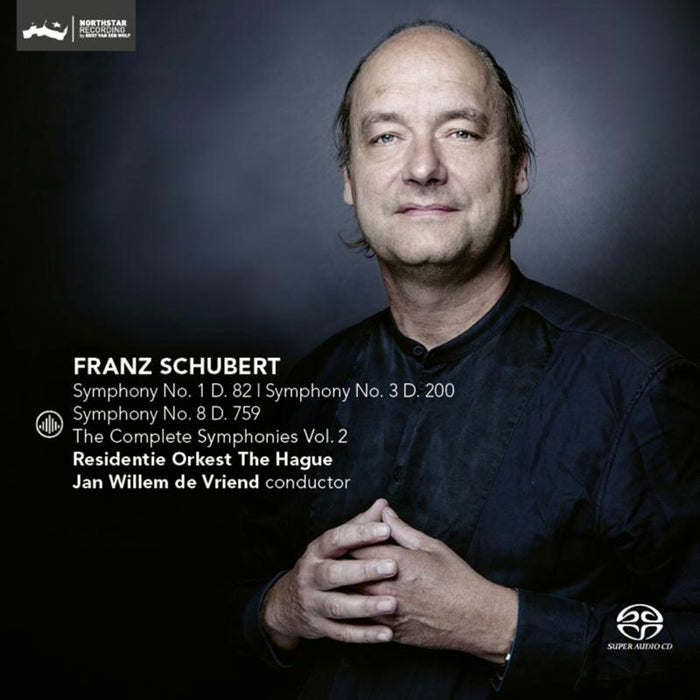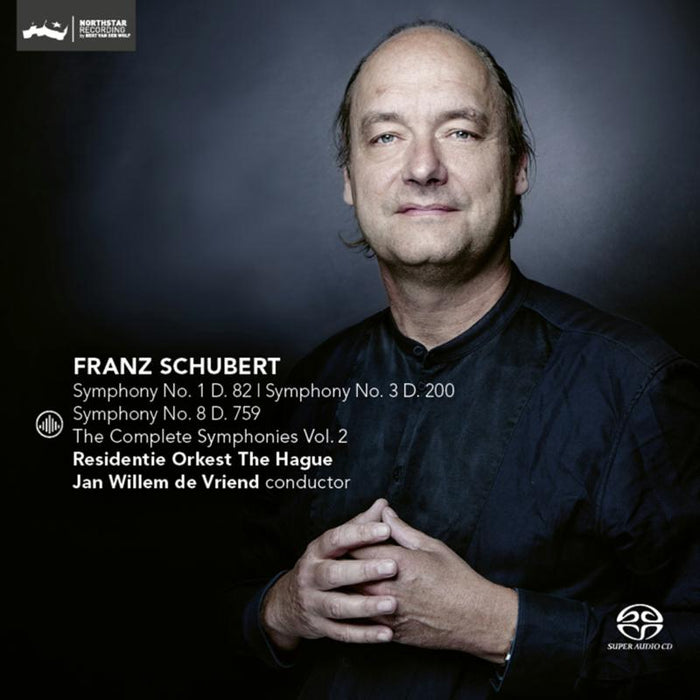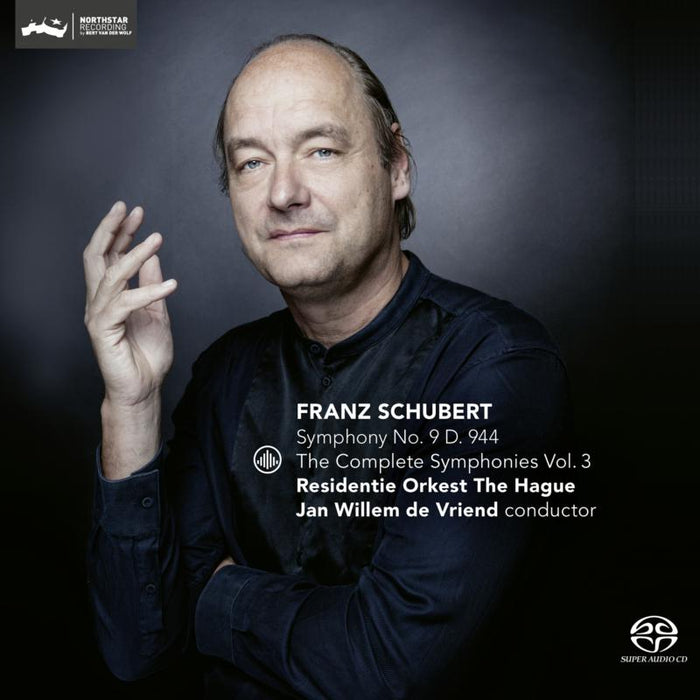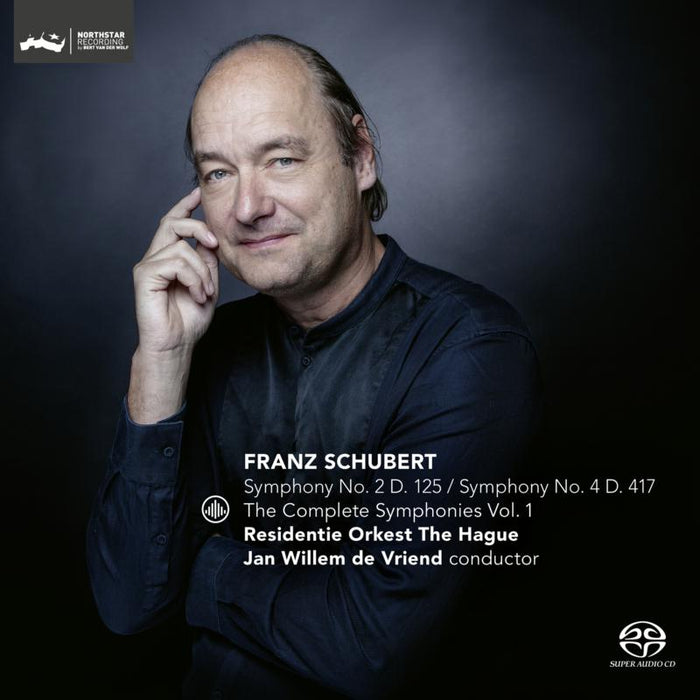Description
The fourth and final volume in de Vriend's survey of Schubert's symphonies.
Schubert's musical ideas at this time sometimes bear a family resemblance to themes by Mozart, Haydn or Beethoven, but nevertheless his own style was already precociously developed. One would not mistake his Fifth Symphony of 1816 for the work of any other composer, though its difference in character from the Fourth Symphony is equally striking. Here, omitting clarinets, trumpets or timpani, Schubert uses a reduced orchestration in comparison with his previous symphonies.
Schubert began his Sixth Symphony in October 1817 and completed it in the following February. The Sixth Symphony represents a sideways step in Schubert's symphonic development, a digression which may be explained by the phenomenal popularity of Rossini. At this time Rossini's operas were being received with tremendous enthusiasm in Vienna. Keen to earn a living from his compositions, Schubert now emulated aspects of the style which was enjoying such vogue.
The Overture in D in the Italian Style dates from November 1817. In common with the Sixth Symphony, it reflects the influence of Rossini. According to Heinrich Kreissle, Schubert's first biographer, this work was the result of a wager which he made with some friends that he could easily compose "in the Italian style".
"he [de Vriend] succeeds in giving really good interpretations, which are very committedly realized by the Residentieorkest on a high technical level. The interpretations are matched by a warm, well-balanced sound image that achieves excellent spaciousness in the surround system." – Pizzicato
"In Symphony 5, Schubert's Pastoral Symphony, de Vriend secures a bright sound, clear accents and lightly sprung athleticism" - MusicWeb International














